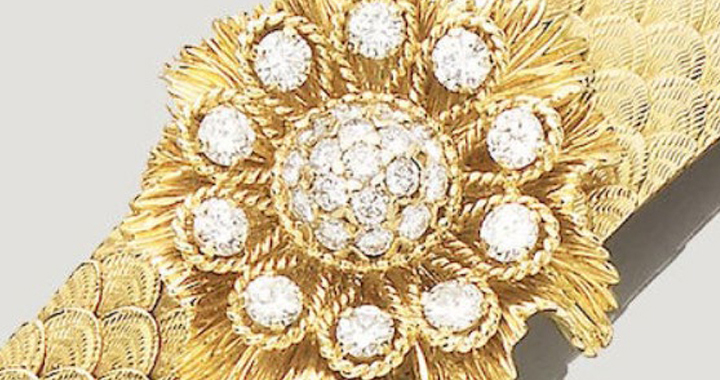As with every market, jewellery prices will inevitably fluctuate, though I can’t say I’ve seen the price of precious stones go down in the last few years. Seen as a commodity by some and as a treasure by others, it’s important to understand the cost of remaking a unique piece of jewellery. It will be dictated by global demand for diamond (or other precious stones), gold, silver, palladium and other alloy metals and stones.
High worldwide demand for palladium – due to its key importance in the development of renewable energy – inevitably increases the cost of gold – based items of jewellery. Because of its softness, gold used in jewellery is mixed with alloys. Alloys are other metals, such as zinc, copper, nickel, iron, cadmium, aluminium, silver, platinum and palladium. This mix then alters its appearance, hardness and melting point. Palladium is a chosen favourite as an alloy metal. At today’s value, the scrap value for palladium is £41/gram compared to £21.50/gram for platinum, which then impacts gold jewellery pieces.
As an example, this 9ct gold gate bracelet with heart locket was estimated £70-£100 by Bonhams in 2005. Today’s estimate would most likely be £200-£300.

Designer pieces with diamonds are affected in a similar manner.

This diamond and gold bracelet by Kutchinsky (above) sold at Bonhams for £1,553 (including premium) in 2005.
A similar item by the same designer (below) sold for £2,550 (including premium) in 2019.

For insurance purpose, the above bracelet would receive a value of £8,000 as at 2022.
Coloured stones have also seen an increase in price.

This emerald and diamond cluster ring is set with an emerald weighing approximately 5.20 carats and approximately 1.15 carats of diamonds. It was previously valued at £42,000 in 2011 for insurance purpose. Eleven years on, it is now valued at £65,000.
One could try to apply generic inflation percentages as a tool to update valuations, however this is incorrect and will often lead to your jewellery being under or overvalued. In the case of the above ring, a formula trying to reflect inflation would be detrimental to the value of the ring.
Valuing jewellery should always be case by case, as some signed vintage pieces will increase over the years, but not at the same rate as precious gemstones for example. The market for an Art Déco Cartier wristwatch (as below), though rare, has a smaller market of potential buyers and sellers. Comparatively to coloured stones, the value for this wristwatch will never exceed a certain plateau. This watch currently retails for £35,000.

A similar wristwatch by Cartier (below) sold at Bonhams in 2017 for £16,250 (including premium) and would have most likely received an insurance value of £23,000.

Diamonds on the other hand continue to escalate at a steady pace.

These diamonds earstuds (above) are 4.01 carats and 4.04 carats respectively. They were valued for insurance purposes at £300,000 in 2012 and are now valued at £360,000.
The same applies to contemporary signed pieces such as the Alhambra collection by Van Cleef & Arpels.

The mother-of-pearl Alhambra necklace by Van Cleef & Arpels was sold for £9,950 less than ten years ago and now retails for £15,800. A steady increase reflecting world demand for durable contemporary and elegant jewellery by a reputable designer.
The jewellery market is not exempt from worldwide affairs and economic changes, but it will always have an added unquantifiable value: emotional value. Jewellery can be seen as an investment, but it still predominantly remains a purchase of pleasure and luxury, whichever gem or metal one chooses and whatever happens in the world.
Aurélia has over twenty years’ experience in the auction industry. She started her career in Business Development and Client Services at Christie’s and Sotheby’s Paris.







